Deserts are some of the most extreme and fascinating environments on our planet. With their harsh conditions of low precipitation, extreme temperatures, and sparse vegetation, deserts cover vast areas of land across the world. Let’s take a closer look at some of the largest deserts on Earth and the unique features they offer.
10. Kara-Kum Desert, Uzbekistan / Turkmenistan
Kara-Kum Desert, Uzbekistan/Turkmenistan: Located in Central Asia, the Kara-Kum Desert spans Uzbekistan and Turkmenistan, covering an area of approximately 350,000 square kilometers. Known for its expansive sand dunes and sparse vegetation, the Kara-Kum Desert is home to unique desert-adapted species and nomadic communities who have adapted to its challenging conditions.
Image Credit: Marius Arnesen
Let’s read about the top ten largest deserts in the world.
9. Great Sandy Desert, Australia
Great Sandy Desert, Australia: Situated in Western Australia, the Great Sandy Desert is known for its vast sand dunes, rocky plateaus, and unique flora and fauna. Covering an area of approximately 284,000 square kilometers, it is one of the largest deserts in Australia and is a vital ecosystem for various species such as bilbies, dingoes, and marsupial moles.
Image credit: yaruman5
8. Chihuahuan Desert, Mexico
Chihuahuan Desert, Mexico: Located in the southwestern United States and northern Mexico, the Chihuahuan Desert is the largest desert in North America, spanning over 362,000 square kilometers. It is known for its diverse landscapes, including sand dunes, grasslands, and rugged mountains, and is home to unique species such as the Mexican prairie dog, roadrunner, and various cacti.
Via: wikipedia
7. Great Basin Desert, USA
Great Basin Desert, USA: Located in the western United States, the Great Basin Desert is known for its high elevations, rugged landscapes, and unique plant species such as sagebrush and bristlecone pine trees. Covering an area of approximately 492,000 square kilometers, it is the largest desert in the United States and is home to several national parks and protected areas.
Via: wikipedia
6. Great Victoria Desert, Australia
Great Victoria Desert, Australia: Situated in Western Australia and South Australia, the Great Victoria Desert is the largest desert in Australia, covering an area of approximately 424,000 square kilometers. It is characterized by its sand dunes, rocky plains, and sparse vegetation, and is home to unique species such as the red kangaroo, sand goanna, and mulga snake.
Image credit: Travel Collective
5. Patagonia Desert, Argentina
Patagonian Desert, Argentina: Located in southern Argentina and Chile, the Patagonian Desert is known for its unique landscapes, including steppes, plateaus, and coastal plains. It covers an area of approximately 670,000 square kilometers and is home to unique species such as the guanaco, mara, and various species of cacti.
Image credit: Melissa Toledo
4. Kalahari Desert, Southern Africa
Kalahari Desert, Southern Africa: Situated in southern Africa, the Kalahari Desert covers parts of Botswana, Namibia, and South Africa, spanning over 900,000 square kilometers. It is known for its red sand dunes, sparse vegetation, and unique wildlife such as the Kalahari lion, meerkat, and gemsbok.
Via: wikipedia
3. Gobi Desert, Mongolia / N.E China
Gobi Desert, Mongolia/China: The Gobi Desert is a vast desert region that spans Mongolia and northern China, covering an area of over 1,600,000 square kilometers. It is known for its diverse landscapes, including sand dunes, rocky terrain, and grasslands, and is home to unique species such as the Bactrian camel, Gobi bear, and various reptiles.
Image Credit: PnP
2. Arabian Desert, peninsula
The Arabian Desert is a vast and iconic desert located in the Arabian Peninsula, covering an area of approximately 2,330,000 square kilometers. It is known for its impressive sand dunes, rugged terrain, and extreme climatic conditions. The Arabian Desert is home to some of the world’s highest temperatures, with scorching heat during the day and chilly nights. Despite its harsh environment, the Arabian Desert is rich in cultural and historical significance.
It is the birthplace of Islam and is home to several ancient trading routes, such as the Silk Road and the Frankincense Trail. Bedouin tribes, known for their nomadic lifestyle, have inhabited the Arabian Desert for centuries, showcasing their resilience and adaptability to challenging conditions. The desert also boasts unique wildlife, including Arabian oryx, sand gazelles, and sand vipers. With its striking landscapes, cultural heritage, and extreme conditions, the Arabian Desert remains a captivating and awe-inspiring destination for adventurers and travelers alike.
Image Credit: Nick Leonard
1. Sahara Desert, North Africa
Sahara Desert, Africa: The Sahara Desert is the largest hot desert in the world, covering an area of approximately 9,200,000 square kilometers across North Africa. It is known for its iconic sand dunes, rocky plateaus, and extreme temperatures. Despite its harsh conditions, the Sahara Desert is home to unique species such as the dromedary camel, fennec fox, and Saharan cheetah. It is also rich in cultural heritage, with ancient cities, trading routes, and nomadic communities that have thrived in this challenging environment for centuries.
Via: Wikipedia
In conclusion, deserts are fascinating and diverse environments that cover vast areas of our planet. From the sand dunes of the Sahara Desert in Africa to the icy landscapes of Antarctica, each desert offers unique features, landscapes, and wildlife. These largest deserts in the world are not only awe-inspiring natural wonders, but they also provide valuable habitats for specialized species and rich cultural heritage. Exploring these vast and often inhospitable landscapes reveals the incredible resilience and adaptability of life on Earth, making deserts truly remarkable and awe-inspiring natural wonders.
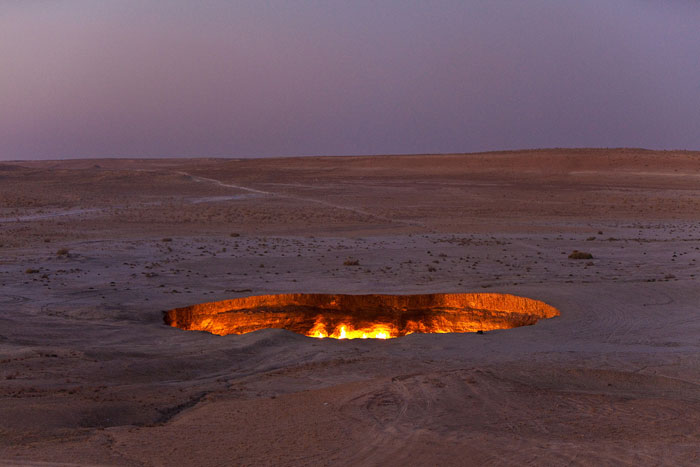
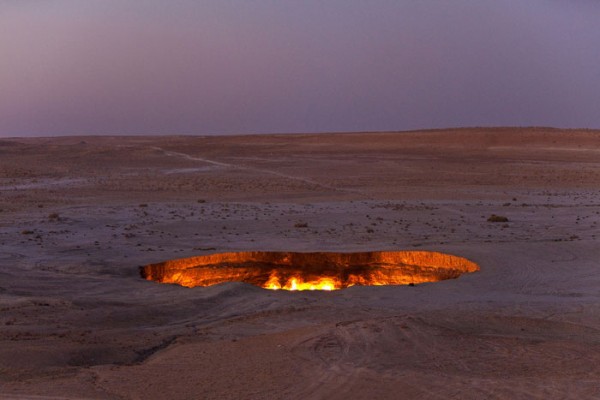
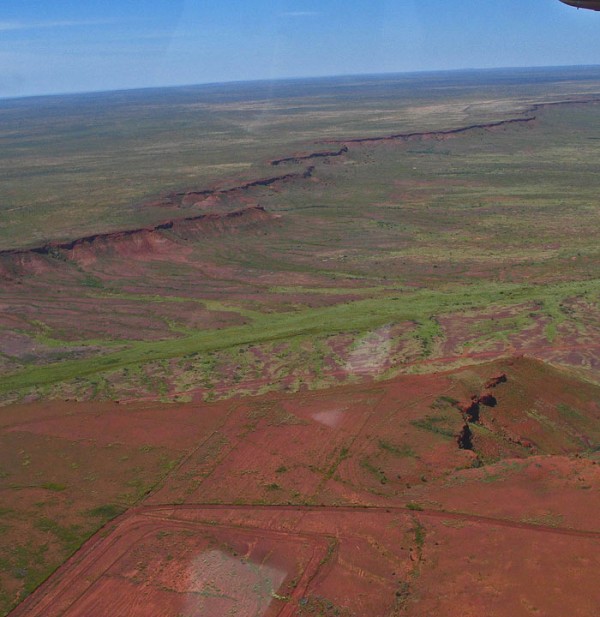


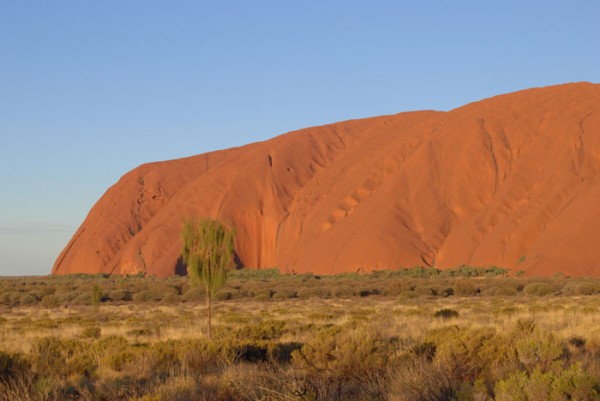
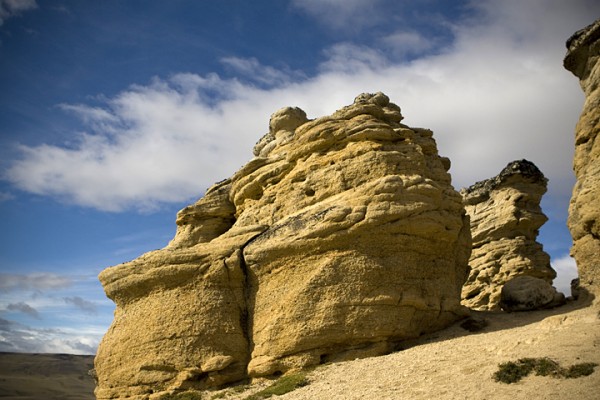
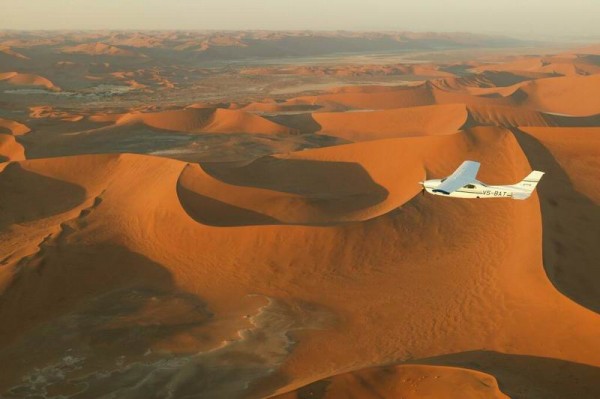
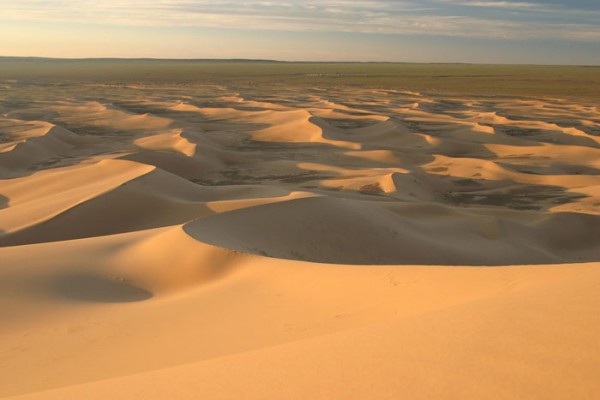

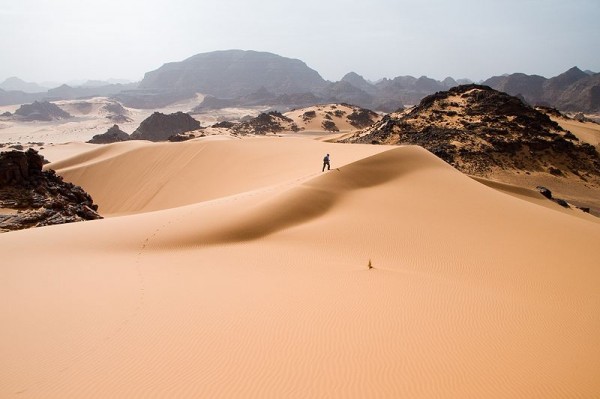
This-s my cuntry, get outa ’em all!
Fk you nigga get back in the bush!
stop killikg OUR kangaroos nigger and fu white boy
Actually, Antarctica is the largest desert in the world. While this may seem odd, the definition of a desert has nothing to do with its temperature. The definition involves how much precipitation the area receives. The entire continent of Antarctica therefore qualifies, and is easily larger than the Sahara.
I THINK THAR DESERT IS THE BEST DESERT IN THE WORLD
fuck i am so stupid
My shit, I’m Mongolian, and the Gobi Desert is just gonna make u sick!
Actually Antrica is coolest largest deseart in the world but Sahara is the hotest largest desert in the world . Antartica does not carry the defination of desert
suck my desert lol
The Sahara desert is huge
cool cool